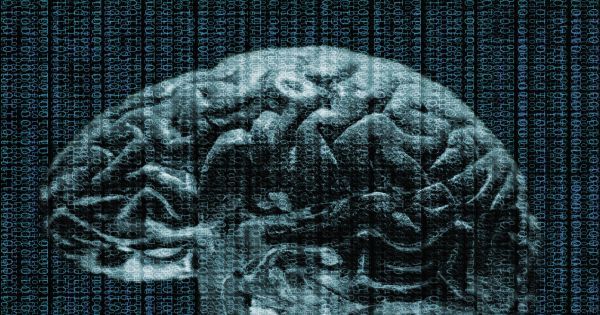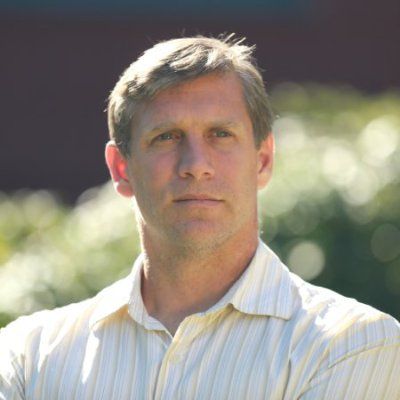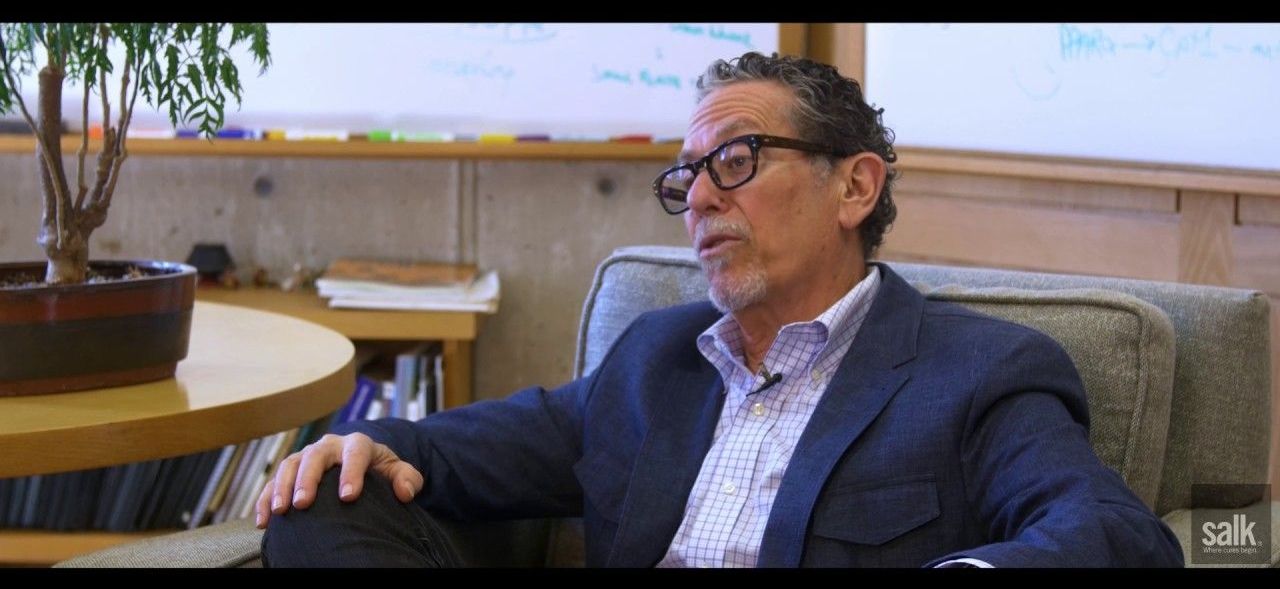May 3, 2017
Tensions Flare as Scientists Go Public With Plan to Build Synthetic Human DNA
Posted by Klaus Baldauf in categories: bioengineering, biotech/medical, genetics
One of the greatest ethical debates in science — manipulating the fundamental building blocks of life — is set to heat up once more.
According to scientists behind an ambitious and controversial plan to write the human genome from the ground up, synthesising DNA and incorporating it into mammalian and even human cells could be as little as four to five years away.
Nearly 200 leading researchers in genetics and bioengineering are expected to attend a meeting in New York City next week, to discuss the next stages of what is now called the Genome Project-write (GP-write) plan: a US$100 million venture to research, engineer, and test living systems of model organisms, including the human genome.
Continue reading “Tensions Flare as Scientists Go Public With Plan to Build Synthetic Human DNA” »
















